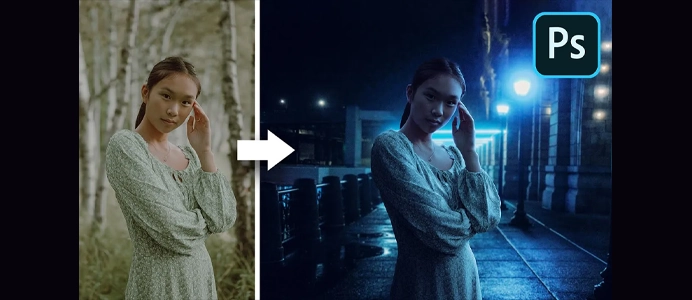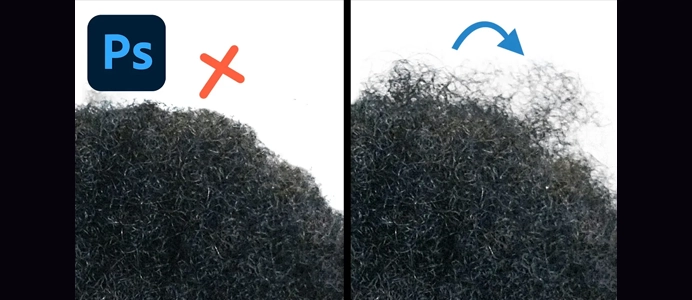How to Match Color and Light in Photoshop!
How to Match Color and Light in Photoshop:
Matching color and light in Photoshop is crucial when working with composite images or combining elements from different sources. Here’s a step-by-step guide on how to match color and light in Photoshop:
1: Using Adjustment Layers
- Open Your Images:
- Open the images you want to work with in Photoshop.
- Select Base Image:
- Choose one image as the base or reference image.
- Add Adjustment Layers:
- Add adjustment layers to the other images to match their colors and tones with the base image.
- Common adjustment layers include:
- Color Balance: Adjust the balance of colors in the shadows, midtones, and highlights.
- Curves or Levels: Fine-tune the overall brightness and contrast.
- Hue/Saturation: Adjust specific colors or desaturate them.
- Common adjustment layers include:
- Add adjustment layers to the other images to match their colors and tones with the base image.
- Clip Adjustment Layers:
- Clip adjustment layers to specific layers by holding Alt and clicking between the adjustment layer and the layer below. This ensures that adjustments only affect the intended layer.
- Use Layer Masks:
- Use layer masks to selectively apply adjustments. Paint on the layer mask with black to hide adjustments in specific areas.
2: Color Match Tool
- Open Images:
- Open the images you want to match in Photoshop.
- Select the Base Image:
- Choose the image that represents the desired color and lighting as the base.
- Go to Image > Adjustments > Match Color:
- Select the base image as the “Source” and the target image as the “Layer.”
- Adjust Options:
- Experiment with the options in the Match Color dialog box, such as Luminance and Color Intensity, to achieve a match.
- Refine with Layer Masks:
- After applying the Match Color, use layer masks to refine specific areas. Mask out parts that shouldn’t be affected.
3: Gradient Map Adjustment Layer
- Open Images:
- Open the images you want to work with in Photoshop.
- Add Gradient Map Adjustment Layer:
- Add a Gradient Map adjustment layer above the images.
- Choose a Neutral Gradient:
- Choose a gradient that ranges from black to white. This helps balance the color tones.
- Blend Mode and Opacity:
- Change the blend mode of the Gradient Map layer to “Color” or “Soft Light.”
- Adjust the opacity to control the strength of the color correction.
- Mask and Fine-Tune:
- Use layer masks to mask out areas that should not be affected by the gradient map.
- Fine-tune the colors by adjusting the colors in the gradient editor.
Tips:
- Use Reference Points:
- Identify specific areas in your base image that represent accurate colors and tones. Use these as reference points when adjusting other images.
- Check Histograms:
- Check the histograms of different images to ensure a similar distribution of tones.
- Sample Colors:
- Use the Eyedropper tool to sample colors from one image and apply them to another.
- Experiment with Blending Modes:
- Experiment with blending modes like “Color,” “Hue,” or “Luminosity” to achieve different effects.
- Consider Ambient Lighting:
- Pay attention to the ambient lighting in each image and match it for a realistic blend.
Matching color and light in Photoshop is an iterative process that involves careful adjustments and constant evaluation. Practice and experimentation will help you develop a better understanding of how to achieve cohesive results across multiple images.












